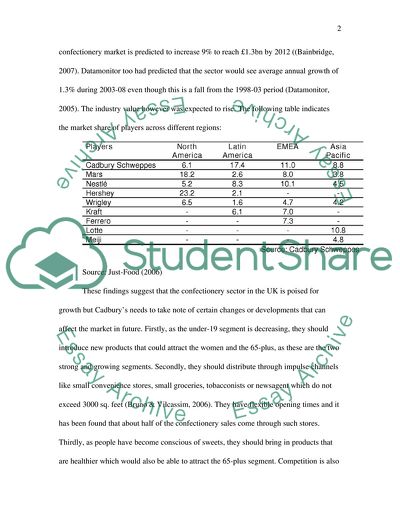Cite this document
(The Confectionery Market in the UK Assignment Example | Topics and Well Written Essays - 2000 words, n.d.)
The Confectionery Market in the UK Assignment Example | Topics and Well Written Essays - 2000 words. Retrieved from https://studentshare.org/marketing/1713170-marketing-and-practice
The Confectionery Market in the UK Assignment Example | Topics and Well Written Essays - 2000 words. Retrieved from https://studentshare.org/marketing/1713170-marketing-and-practice
(The Confectionery Market in the UK Assignment Example | Topics and Well Written Essays - 2000 Words)
The Confectionery Market in the UK Assignment Example | Topics and Well Written Essays - 2000 Words. https://studentshare.org/marketing/1713170-marketing-and-practice.
The Confectionery Market in the UK Assignment Example | Topics and Well Written Essays - 2000 Words. https://studentshare.org/marketing/1713170-marketing-and-practice.
“The Confectionery Market in the UK Assignment Example | Topics and Well Written Essays - 2000 Words”, n.d. https://studentshare.org/marketing/1713170-marketing-and-practice.


